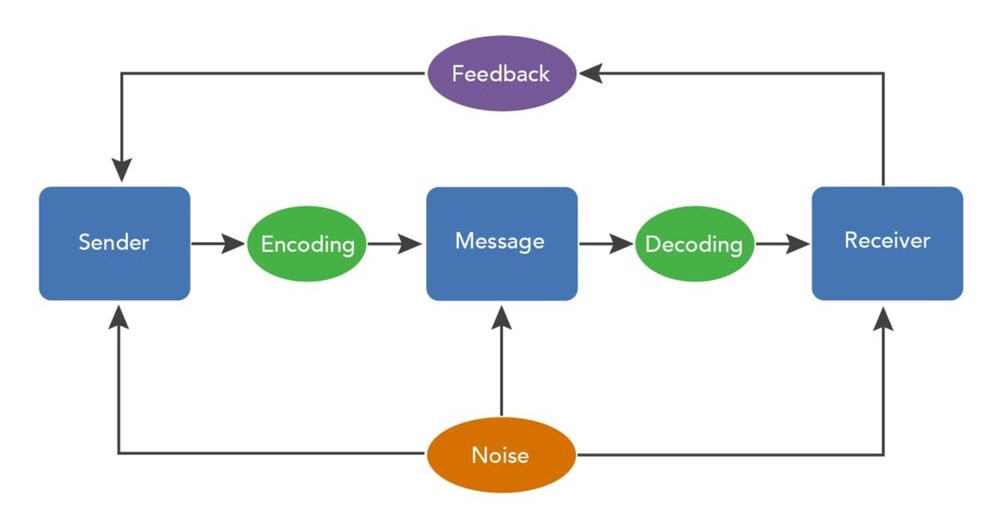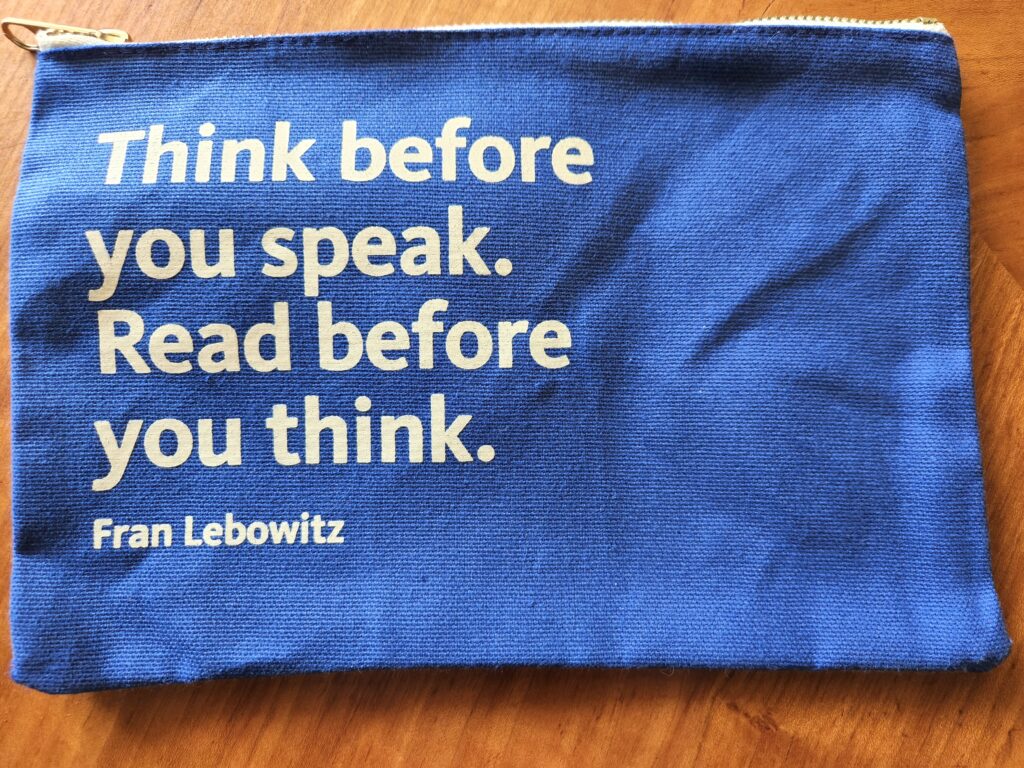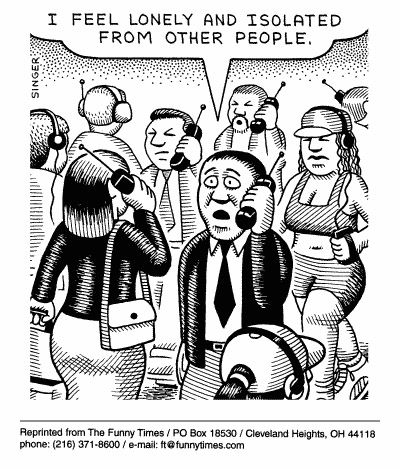How important is it to work on communication skills? We learn to talk before we are 2 years old so what’s the big deal? Why is making communication work so difficult?
“Communication problems are the number one reason couples split up, with 65% of couples citing this issue as the primary cause of divorce, according to a 2013 survey” goodtherapy.org
Pair that with this fact. “The Society for Human Resources Management (SHRM) surveyed 400 companies with 100,000 or more employees. SHRM found that the companies reported losing $62.4 million per year in revenue due to poor communication. That’s $62.4 million per company, which totals more than $24 billion dollars.” Society for Human Resource Management
Poor communication affects all phases of our life. What causes communication difficulties between people? Many factors and combinations of factors may contribute to communication problems. These factors can include differences of opinion, different cultural backgrounds or different life experiences. These might make finding common ground difficult. There might be language or physical barriers, attitude issues and preconceived ideas. A common barrier to communication is just plain not listening or reading carefully. These are just the tip of the iceberg.
With so much that can go wrong how do we go about making communication work? Let’s discuss what to do in each step of communication. Encoding is how we prepare our message. Sending is how we deliver the message via verbal, non-verbal, or written means. Decoding is what the receiver of our message has to do to understand us. Feedback is the receiver acknowledging, questioning or seeking clarification of our message. As shown in the diagram below, noise (distractions or interference) can tend to drown out our message.

Encoding
Avoid Misunderstandings
Be clear and concise in verbal and nonverbal messages. Get a proofreader if it’s necessary. One of the major problems in making communication work is people misunderstanding your words, your tone or your attitude. Be honest and upfront, if people don’t trust you they won’t listen.

Speak Their Language
Know your audience and communicate in ways they can understand, appreciate and not be offended. Don’t use shortcuts, acronyms or jargon unless you are sure everyone will understand. Speak slowly enough to be understood but engaging enough to keep their attention. If they cannot understand your message, you have failed as a communicator. Written communication should be precisely long enough to convey the message and short enough to keep the reader’s attention.
Sending
Pick Your Method
The method you chose can make or break the communication. Deliver complicated messages in person so you can get and handle feedback. Informative communication can be written and then replied to. But handle emotionally sensitive messages in person, perhaps privately. Make sure your method matches the message. You wouldn’t ask someone to dinner by shouting across a crowded room. You might give someone a thumbs-up to signal agreement.
Be a Direct Sender
The fewer people involved in the transmission of a message, the greater the chance of successful communication. When sending a message via another person and then through yet another, each of those intermediary people filter and interpret before they pass it along. These messages require monitoring to make sure the original intent remains intact.
Cut Through the Noise
Noise is anything that interferes with the communication process between the speaker and the audience. The noise can be actual environmental noise like a crowded room. It can also be physiological like a problem with receiver who isn’t feeling well. It could be cultural noise. Try as they might, senders may not be aware of or can’t control all the noise affecting a communication. Feedback can insure the message was heard and interpreted as intended.
Decoding
Don’t Get Filtered Out
When we receive a message we all interpret the message so it makes sense to us. Accurate decoding is often difficult because factors such as education, opinions, emotional states and attitude can shape how a receiver interprets a message. The sender sees the world through one set of filters (experiences and values) and the receiver sees it through a different set of filters. Therefore, each message has to pass through at least two sets of filters. Say what you want to say simply, honestly and directly. Doing so can help get your meaning understaood.
Command Attention
If the receiver does not listen, lacks attention or carries a bias against the sender, they probably won’t understand your message. Know your receiver and insure they receive and understand your message by getting proper feedback. If your receiver ignores you, you can, of course, try again or try another channel. Just remember, it takes two (or more) to communicate.
Be Careful of the Competition
People in the workplace often see and hear 5000 images and/or messages a day. It’s no wonder they tune out things. The only way to overcome competing messages in a healthy way is to have clarity of mission, vision, values and strategy. If emails aren’t working meet in person. If large group meeting gives no control try smaller groups. Remove the competing noise.
Feedback
Poor Response
If the receiver is unresponsive or minimal in response to communication the communicator cannot know if the receiver heard or understood the message. The receiver may have misunderstood you. You may not have been clear. Ask your receiver questions to elicit better response.
No Deaf Ears
If the sender is not open to feedback so his message can be clarified or modified if necessary, then communication is not taking place. So if you are the sender and feedback indicates some confusion or disagreement in your communication then you must respond honestly and openly. If you feel uncomfortable about the communication, don’t wait, hope for the best, or ignore it. Take action. A misunderstanding and/or failed communication will only get worse.
Making Communication Work
Knowing how to communicate is also knowing how to avoid or overcome communication barriers. Active listening, clarification and reflection might help, but knowing how the communication process works and what your responsibility is as a sender and receiver can stop prevent many communication problems.
“Bad communication ends a lot of good things. Good communication ends a lot of bad things” Unknown

Related Articles:
* Please leave a comment below. You may comment anonymously or you may use your first name. We may post or quote your comment on the website. We will never post or share your last name, email address or any other personal identifying information.
